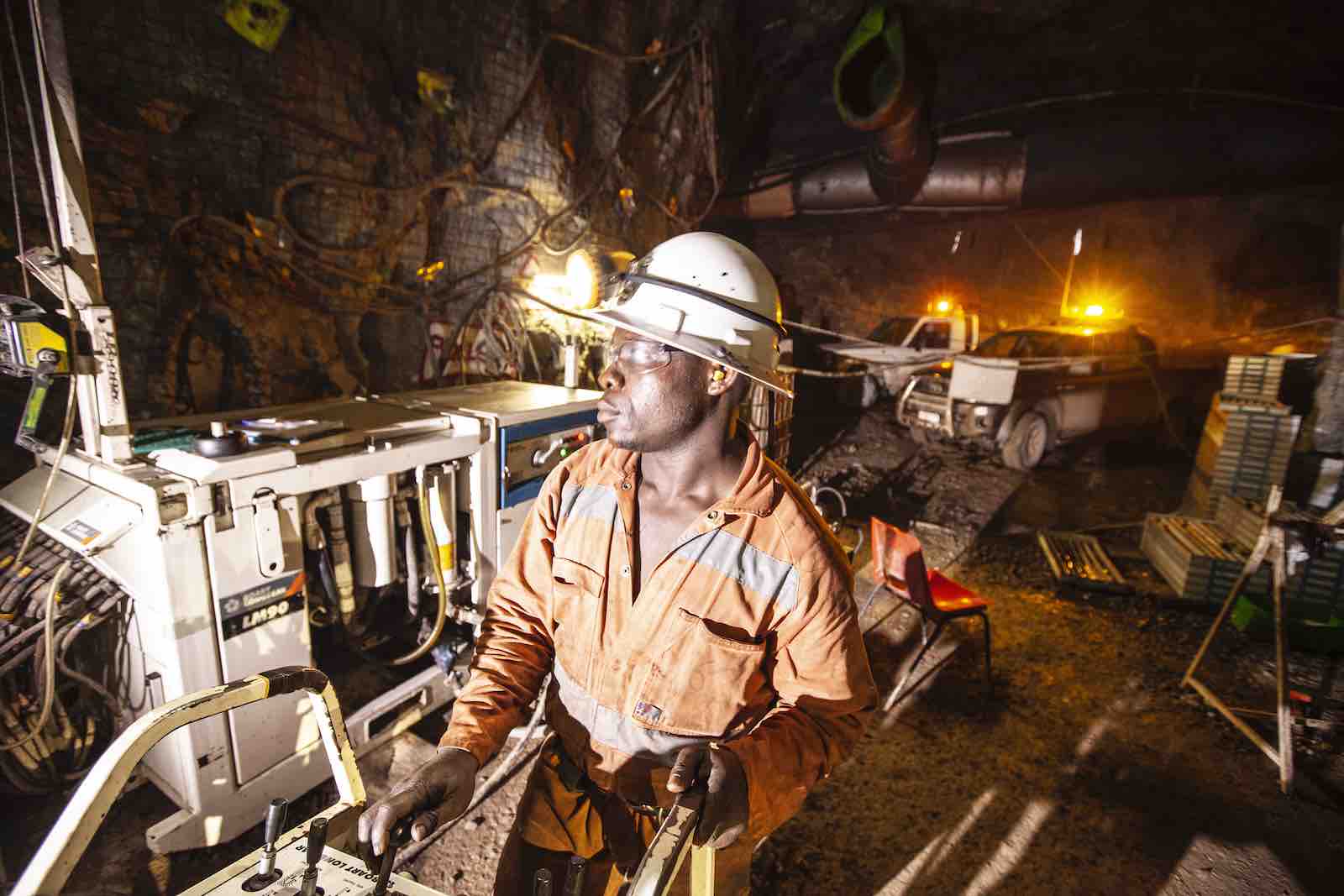
Mechanization in tunnelling has improved efficiency but exacerbated the problem of dust pollution to workers that ply their trade in the infrastructure sector. A 2021 case series analysis from Queensland reported the re-emergence of chronic silicosis amongst workers within the tunnelling industry in Australia. The case series revealed that while undertaking pre-employment medicals, eight tunnellers were diagnosed with chronic silicosis and these eight had a minimum of 10 years of cumulative silica dust exposure prior to diagnosis. With several ongoing tunnelling projects in Australia across most Territories and States including one of note in New Zealand, there is a cause for great concern.
The following tunnelling projects are amongst the largest in Australia and New Zealand:
In this article, GRT focuses on dust control in tunnels with emphasis on dust challenges, GRT solutions, and a case study of GRT’s work in Brisbane.
Tunnelling is a major activity within large infrastructure and construction projects around Australia and New Zealand. Underground construction tunnellers are exposed to health risks from silica dust as the working environment underground is burdened with particulate dust. Large amounts of respirable crystalline silica dust are liberated by rock drilling, spraying of concrete (shotcreting), and transport operations. Research has shown that cumulative exposures to respirable crystalline silica are the most important risk factors for airflow limitation in underground heavy construction tunnellers. The deteriorating lung function in tunnel workers is related to a lack of better control of exposure to silica dust for both drill and blast operations and shotcrete spraying of concrete on the tunnel walls. Inhalation of respirable crystalline silica can lead to serious health effects such as silicosis, COPD, tuberculosis and lung cancer.
Similarly, in underground mining activities such as drilling, blasting, transportation generate different particle sizes of silica dust. Exposure to these smaller particles from underground mining activities induces stronger biological effects than larger particles of similar composition, due to their larger surface area to mass ratio. Research suggests that the size of the airborne particles and their surface area determine the potential to elicit inflammatory injury, oxidative damage and other biological effects. These effects are stronger for fine and ultrafine particles because they can penetrate deeper into the airways of the respiratory tract ad can reach the alveoli. Ventilation and wet dust control prove to be alternatives that can deal with the dust challenges in civil projects and underground mining but the knowledge has been available from the 20th century and still diseases such as silicosis have re-emerged in the modern era. So, what can be done to deal with the source of this challenge? Let GRT help you!
GRT’s underground mining experience fed into our dust control solutions for tunnelling activities that can seriously threaten the worker and community safety in construction projects. GRT’s solutions to dust generated in tunnelling depend on the activity being performed and its distance from the working face of the tunnel.
GRT played an important role in keeping a recent tunnelling operation in Brisbane Queensland moving forward in a safe manner. GRT: Activate UG was automatically dosed into the water lines to effectively wet out and practically eliminate the dust generated from the material handling activity. Hundreds of thousands of tonnes of waste material were generated from the dry tunneling process and conveyed back to the surface.
This material was high in silica content and also hydrophobic (water repellent) in nature so spraying water on the conveyors and transfer points was not effective. Using GRT: Activate UG, the moisture was able to quickly and effectively penetrate the material and bring it to an optimal, dust free water content – without over-wetting. This removed the risk of hazardous silica dust being generated, protecting workers and the surrounding community.
GRT: Enviro-Binder was also used on this project to lock down stockpiles on material and prevent wind and water erosion.
The Australian Tunnelling Society recognizes the importance of health and safety in the tunnelling industry in addition to valuing the strong experience and contribution of its members to support key stakeholders in their ever-growing sector. Collaboration with industry stakeholders is essential to both raise awareness of the important issue of silica dust control in tunnels, but also to enable effective strategies to be developed that are practical and a positive step forward. GRT provides dust control solutions for tunnelling projects, speak to Daniel Grundy and hear what we can do for you to save lives and deal with the legacy of silicosis in tunnelling projects in Australia and beyond.
Your feedback is important to us. If you enjoyed reading this Global Road Technology industry update and found it informative, please let us know by leaving a REVIEW.
Are environmental regulations, health and safety concerns or potential profit loss a concern right now?
Contact Us Now